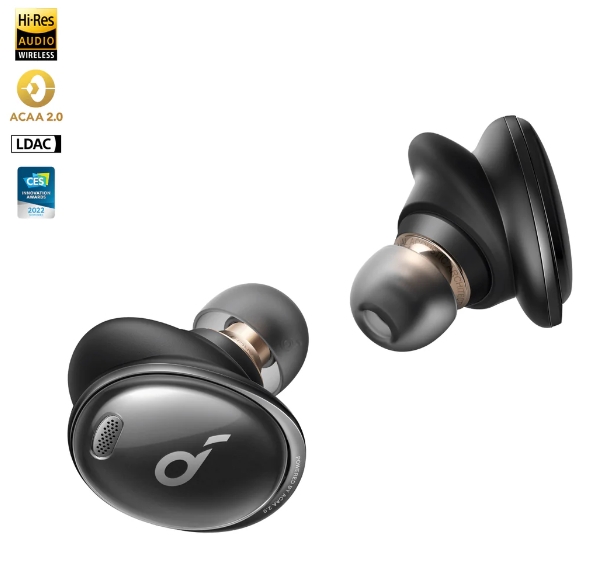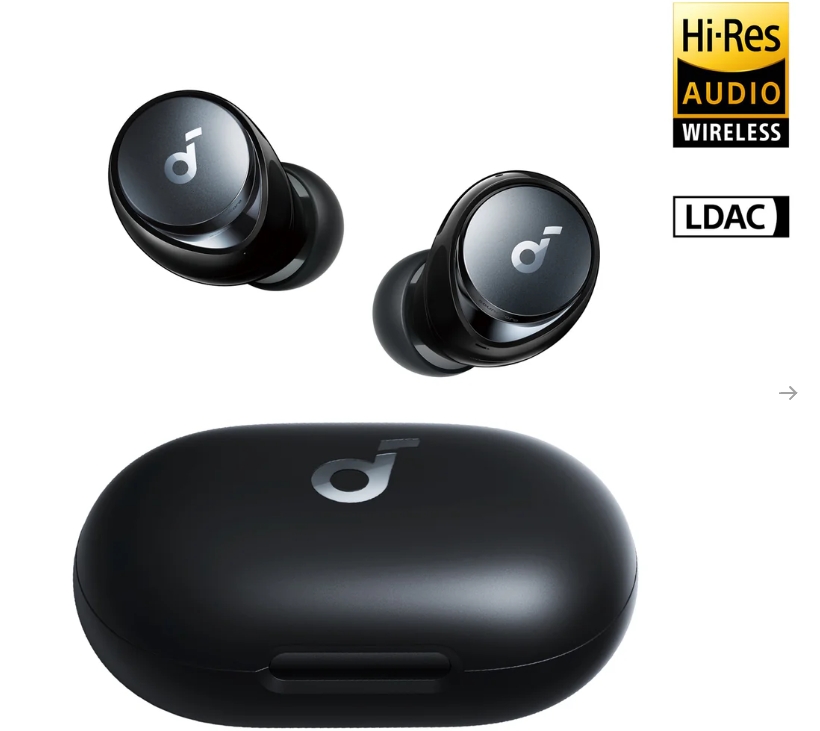Earbuds have become an essential accessory for many, offering a portable and convenient way to enjoy music, podcasts, and calls on the go. However, with so many different types of earbuds available, it can be challenging to choose the right pair. In this guide, we will explore the various types of earbuds, their features, and what to consider when making a purchase.

Wired Vs Wireless
One of the primary distinctions among earbuds is whether they are wired or wireless. Each type has its advantages and drawbacks.
Wired Earbuds
Wired earbuds connect to your device through a physical cable. They have been around for decades and are known for their reliability and sound quality. Some of the benefits of wired earbuds include:
However, wired earbuds can be cumbersome due to the cables, which can tangle and limit movement.
Wireless Earbuds
Wireless earbuds have gained immense popularity due to their convenience and advancements in Bluetooth technology. They connect to your device via Bluetooth, offering more freedom of movement. Benefits of wireless earbuds include:
On the downside, wireless earbuds require regular charging and may occasionally suffer from connectivity issues.
In-Ear Vs Standard
Another important distinction is between in-ear and standard (also known as over-ear) earbuds.
In-Ear Earbuds
In-ear earbuds, also known as in-ear monitors (IEMs), are designed to fit snugly within the ear canal. They often come with various sizes of silicone or foam tips to ensure a good fit. Advantages of in-ear earbuds include:
However, some users may find in-ear earbuds uncomfortable for extended periods, and they can sometimes cause ear fatigue.

Standard Earbuds
Standard earbuds rest just outside the ear canal and do not penetrate as deeply as in-ear models. They are often referred to as “earphones.” Benefits of standard earbuds include:
The main drawback of standard earbuds is their lack of noise isolation and less secure fit during vigorous activities.
Passive Noise Cancelling Vs Active
Noise cancellation is a key feature that can significantly enhance your listening experience. There are two main types: passive and active noise cancelling.
Passive Noise Cancelling
Passive noise cancelling, also known as noise isolation, relies on the physical design of the earbuds to block out external sounds. In-ear earbuds typically offer better passive noise cancelling due to their snug fit in the ear canal. Benefits include:
However, passive noise cancelling is less effective against sudden or variable noises.
Active Noise Cancelling
Active noise cancelling (ANC) uses electronic circuitry to counteract external noises. Microphones on the earbuds detect ambient sounds, and the earbuds generate sound waves that cancel out these noises. Benefits of ANC include:
The downsides of ANC include the need for power (battery) and sometimes a slight decrease in audio quality due to the processing involved.
What To Look For When Picking Earbuds
When choosing the right pair of earbuds, several factors should be considered to ensure you get the best fit for your needs.
1.Sound Quality: Look for earbuds with a balanced sound profile, good bass response, and clear mids and highs. Reading reviews and testing the earbuds, if possible, can help you assess their sound quality.
2.Fit and Comfort: Ensure the earbuds come with various tip sizes and styles to find the best fit for your ears. Comfort is crucial, especially if you plan to wear them for extended periods.
3.Battery Life: For wireless earbuds, battery life is a significant factor. Check the playback time on a single charge and the additional battery provided by the charging case.
4.Connectivity: For wireless earbuds, consider the Bluetooth version and connectivity features. Bluetooth 5.0 and above offers better range and stability.
5.Additional Features: Look for features such as touch controls, water resistance, voice assistant compatibility, and quick charging capabilities.
6.Price: Set a budget and find the best earbuds within that range. There are quality options available at various price points.
FAQ
What Is The Difference Between Earbuds And Earphones?
The terms “earbuds” and “earphones” are often used interchangeably, but they can refer to different designs. Earbuds typically refer to devices that sit outside the ear canal, while earphones can refer to both in-ear and over-ear designs. However, in practice, many people use “earbuds” to describe both types.
Are All Earbuds The Same?
No, all earbuds are not the same. They vary widely in terms of design, sound quality, features, and price. Factors such as wired vs. wireless, in-ear vs. standard, and the presence of noise cancelling technology can significantly affect the performance and suitability of earbuds for different users.
What’S The Difference Between Wireless Earbuds And Bluetooth Earbuds?
The terms “wireless earbuds” and “Bluetooth earbuds” are often used interchangeably. Both refer to earbuds that do not use a wired connection to connect to devices. However, “Bluetooth earbuds” specifically highlights the use of Bluetooth technology for wireless connectivity, while “wireless earbuds” is a broader term that can include other wireless transmission technologies.
Conclusion
Understanding the different types of earbuds and their features can help you make an informed decision when purchasing a new pair. Whether you prefer wired or wireless, in-ear or standard, passive or active noise cancelling, there are earbuds designed to meet your specific needs. Consider the sound quality, fit, battery life, connectivity, and additional features to find the perfect earbuds for your lifestyle. By knowing what to look for, you can enjoy a superior audio experience tailored to your preferences.
